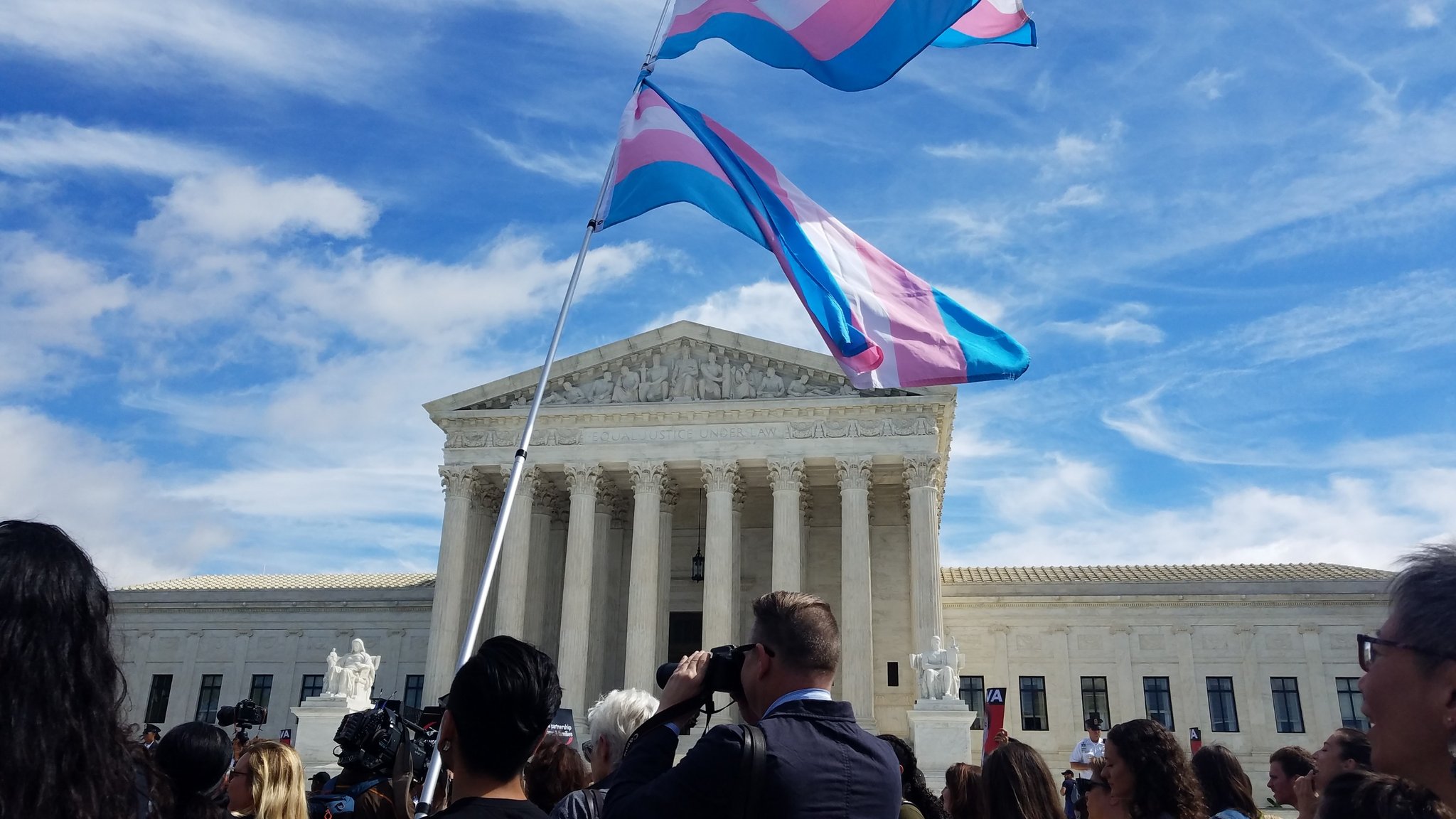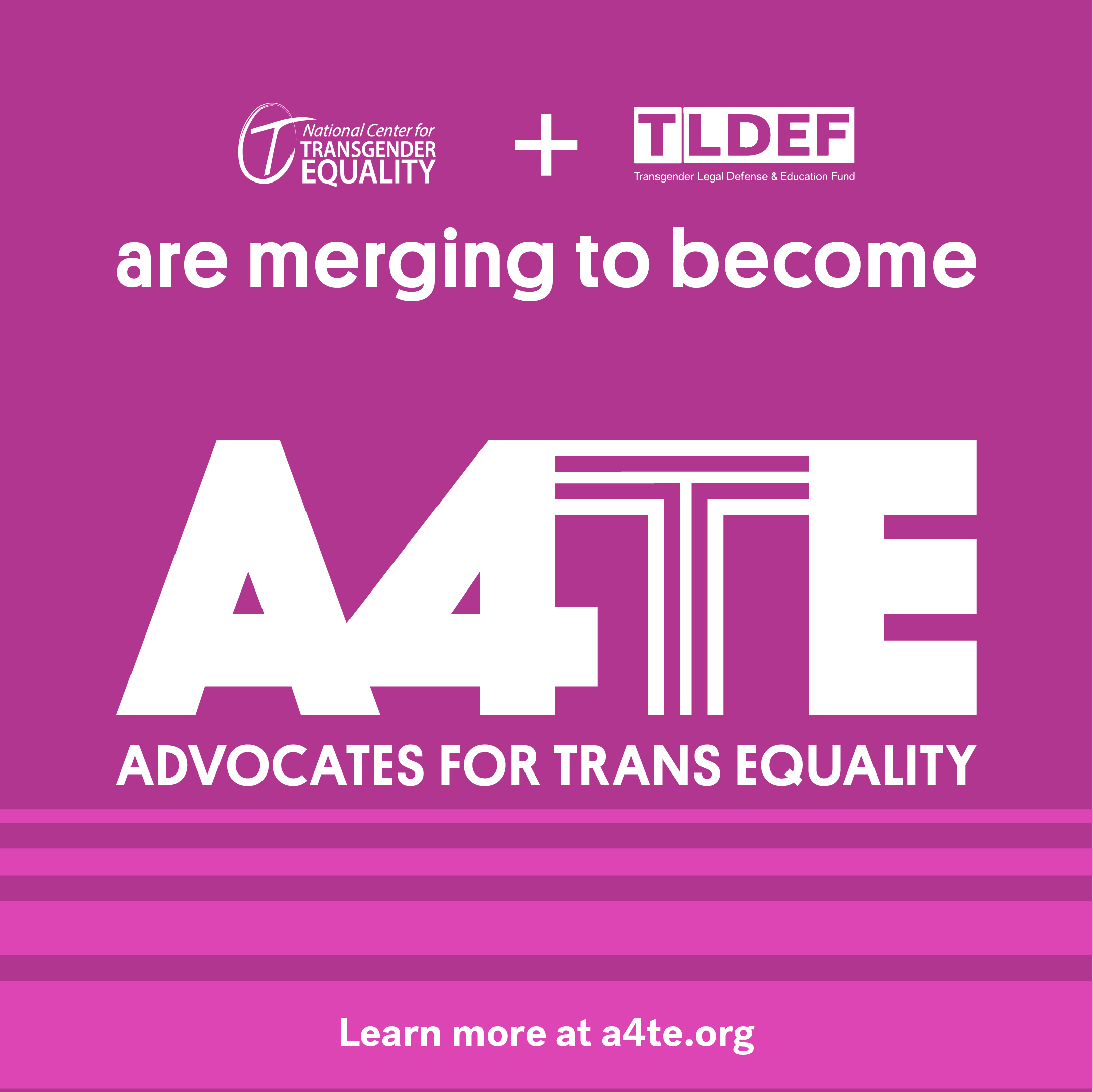SCOTUS & Trans Discrimination

In April of 2019, the Supreme Court announced it would hear the case of a Michigan woman fired from her job of six years after she came out as transgender. The case's presence on the Supreme Court puts the equal employment rights of 1.4 million transgender adults into question. The Transgender Law Center, the Center for Constitutional Rights, and the National Center for Transgender Equality joined 43 other organizations in filing a brief to the Supreme Court emphasizing the legal and ethical necessity for the Justices to side with decades of legal precedent and recognize the rights of transgender people. Below is the Introduction to that brief which can be read in full here.
In the United States, about 1.4 million adults— 0.6% of the adult population—and 150,000 youth are transgender. Included in this figure are transgender men and women, as well as non-binary transgender individuals.
Transgender people in the United States face pervasive workplace discrimination when seeking employment to support themselves and their families, and thus are twice as likely to experience poverty as the general population. In 2015, amicus the National Center for Transgender Equality completed a study of approximately 28,000 transgender adults in the United States. The study revealed approximately one in seven (13%) respondents had lost a job because of anti-transgender bias. Nearly one-third (30%) of respondents who were employed the year before the survey had faced employment discrimination such as being fired, denied a promotion, harassed, or assaulted on the job because they were transgender. Rates of workplace discrimination were even higher for transgender people of color and transgender people with disabilities.
Employment discrimination against transgender people contributes to stark economic disparities: in the 2015 U.S. Transgender Survey, nearly one-third (29%) of respondents were living in poverty and 15% were unemployed—three times the rate of the general population at the time the survey was fielded. The vast majority of respondents (77%) employed the previous year also took proactive measures to mitigate bias, such as hiding their gender identity or delaying their transition, even when it came at the cost of their financial stability, professional advancement, or health. Cecilia Chung, a well-known transgender rights activist from San Francisco , experienced this dilemma first hand: she delayed her transition for over five years while paying her way through college, to avoid losing the income she needed to survive.
In addition to losing employment opportunities, transgender people face harassment and disparate treatment in the workplace that make it difficult to maintain employment. Examples include being passed up for promotions, despite being qualified; being removed from client-facing positions; being disciplined or terminated for their gender expression; being harassed for using the restroom, thereby rendering the workplace inaccessible and unsafe; being referred to using incorrect gender pronouns and called bigoted names and slurs; and having personal information such as their history of medical treatment shared without consent.
Transgender people also experience high levels of workplace harassment, assault, and abuse.14 In the 2015 U.S. Transgender Survey, 15% of respondents employed in 2014 or 2015 reported being verbally harassed, physically attacked, or sexually assaulted at work because of their sex or gender expression.

